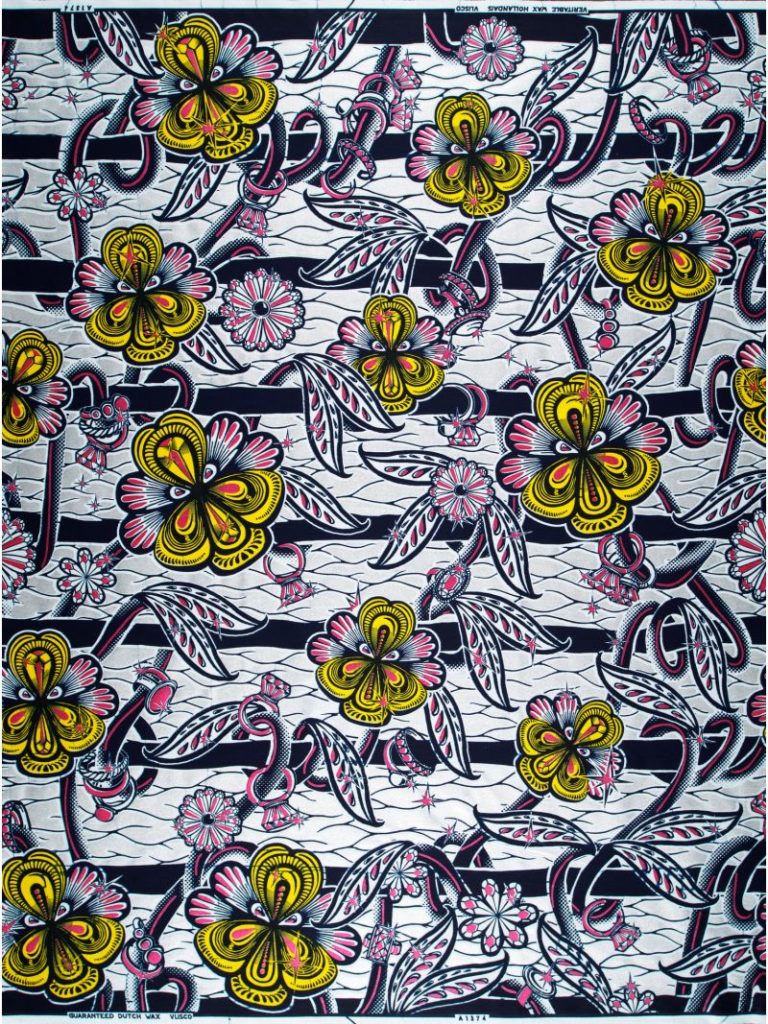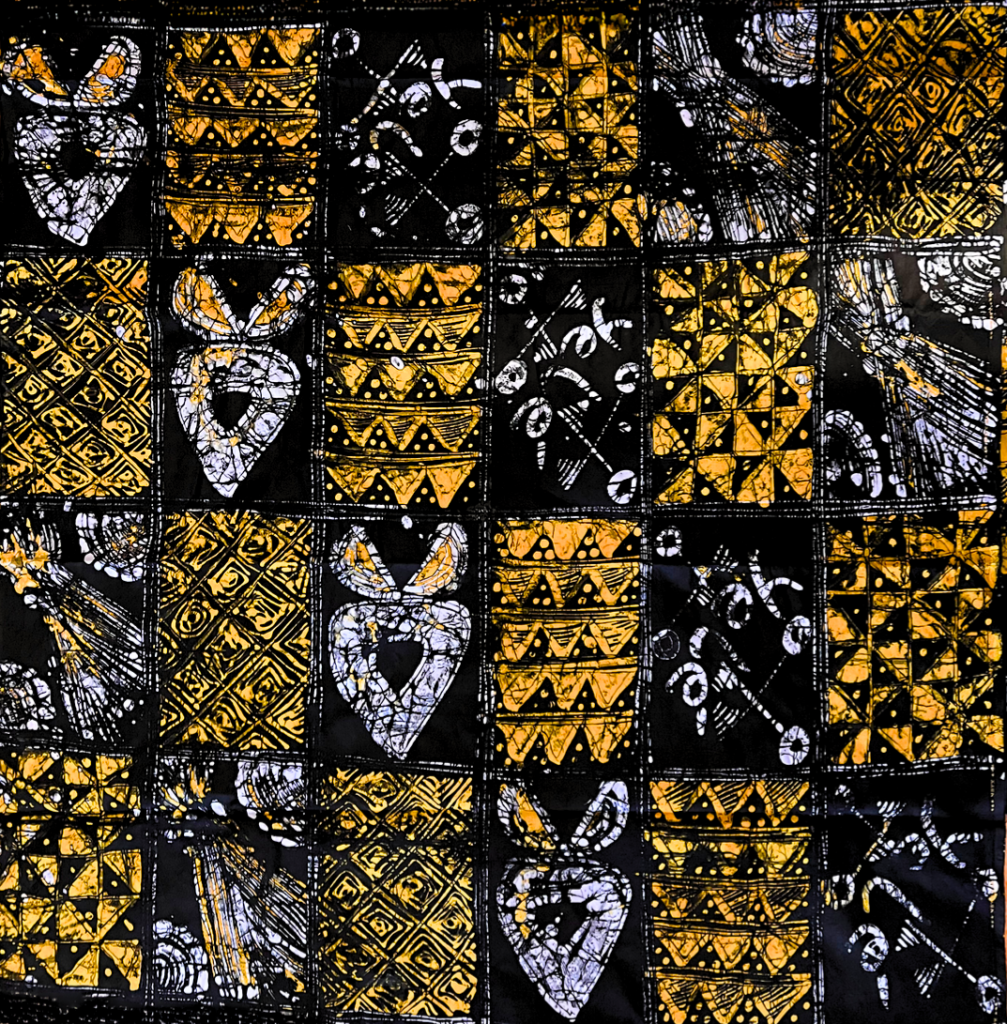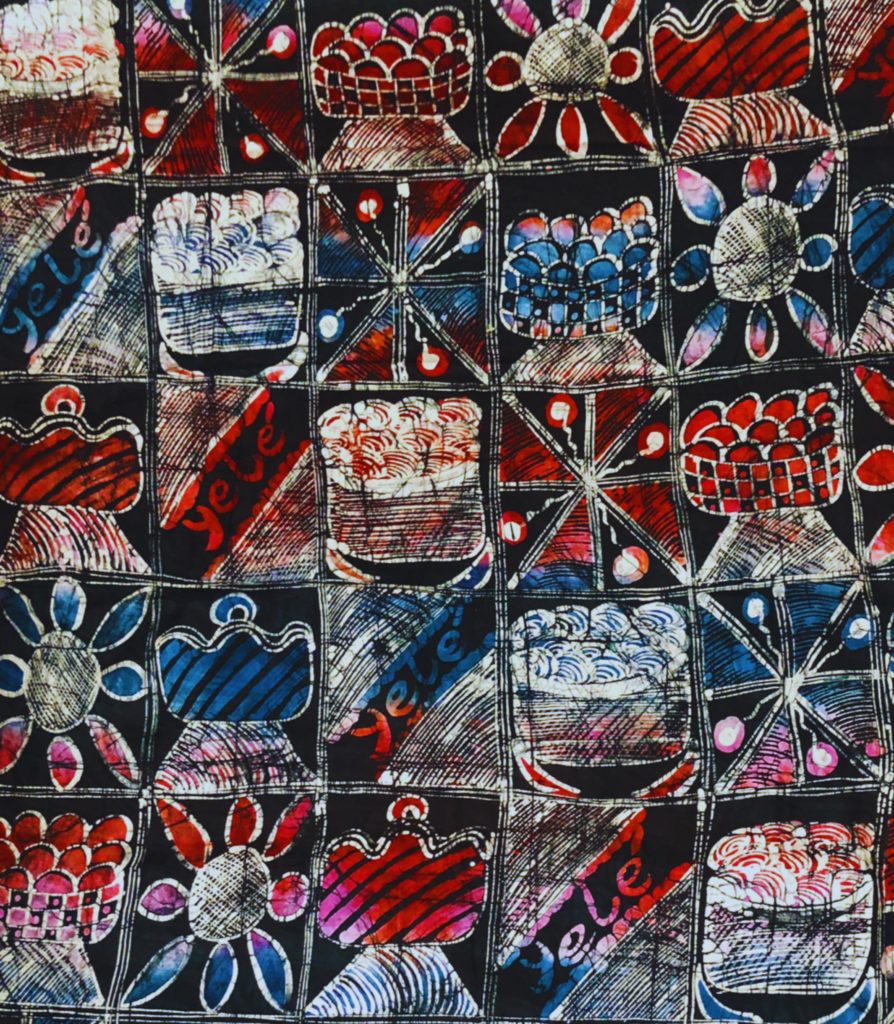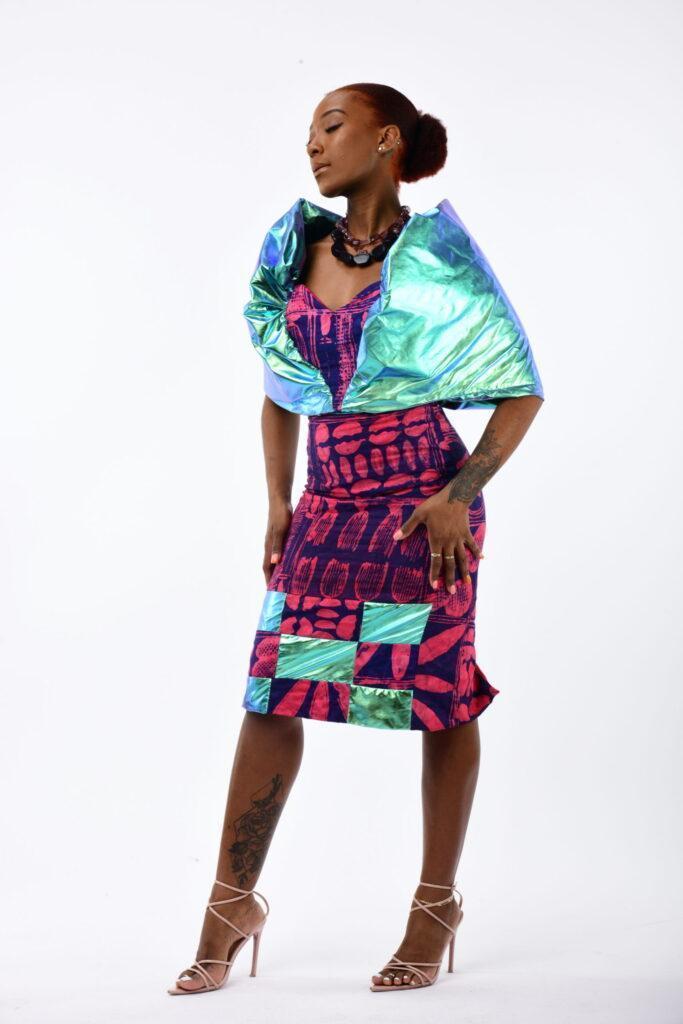Adire and Ankara are two African textile traditions that have gained worldwide popularity for their bold, colorful patterns and intricate designs. Despite their similarities, these two styles of cloth have distinct differences that set them apart. In this blog post, we’ll explore the origins, techniques, materials, colors, uses, and symbolism of Adire and Ankara, and learn what makes each unique.
Origins:
Adire is a textile craft that originated in Nigeria, particularly among the Yoruba people of southwestern Nigeria. It involves resist dyeing with indigo to create unique patterns and designs on cloth. Some companies that produce high quality Adire fabrics are Adire Oodua textile hub and Dharmiecoaltextiles. Ankara, on the other hand, has its roots in Indonesia, where it was produced by Dutch textile manufacturers in the 19th century. It later became popular in West Africa, particularly in Nigeria and Ghana. It is popularly produced by the textile company Vlisco, and we can recommend high quality Ankara textiles from this company.


Techniques:
Adire is created using a resist-dyeing technique with indigo, which creates a blue color and intricate patterns. This has actually evolved in recent times and other colorful Adire patterns have emerged and one can get almost any color now. You can see a few of those here. Ankara, on the other hand, is made using a wax-resist dyeing technique and printed with vibrant and colorful patterns.
Materials:
Adire is typically made from locally sourced cotton fabric, while Ankara is made from a variety of materials including cotton, polyester, and viscose. Recently however, both Adire and Ankara patterns are seen on other materials like taffeta, satin, organza, and so on.
Uses:
These two patterns have evolved in such ways over the years that they can be used traditional clothing, such as wrappers, skirts, and robes, to statement clothing pieces, accessories, and home decor.

Symbolism:
Adire often incorporates symbolic patterns and motifs that have cultural and religious significance, while Ankara patterns are often chosen for their aesthetic appeal and do not have specific cultural meanings.

Conclusion:
In conclusion, Adire and Ankara are two distinct textile traditions with their own unique histories, techniques, materials, colors, uses, and symbolism. While they may have some similarities, understanding the differences between the two can help you appreciate the beauty and significance of each style of cloth. Whether you prefer the rich history and symbolism of Adire or the vibrant colors and versatility of Ankara, there’s no denying that both styles of cloth are beloved by fashion enthusiasts around the world.



If you’re looking to add some statement pieces to your wardrobe, be sure to check out our collection of beautiful Adire fashion pieces on our website. Our selection of high-quality, handcrafted pieces is sure to provide something that suits your style and helps you stand out from the crowd.


Comments are closed.